- Digital Marketing
- Website Redesign
- Updated 08/19/2025
Ultimate Website Redesign SEO Audit Checklist
Summarize this post
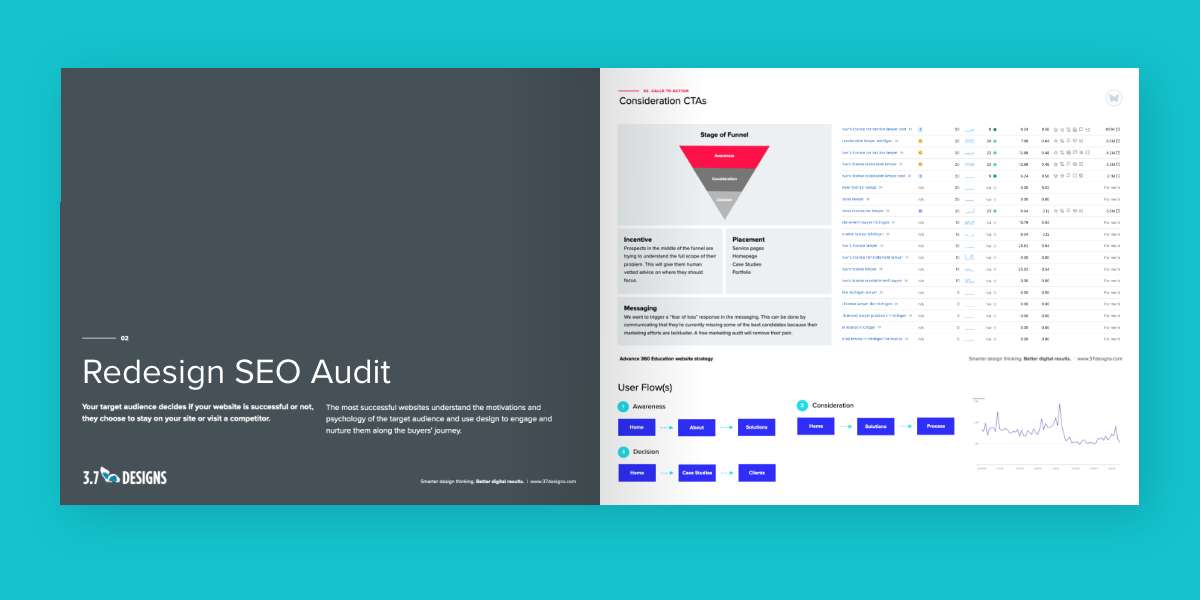
Are you planning a website redesign? Before you dive into upgrading aesthetics and user experience, save yourself time, effort, and resources by beginning with an SEO audit.
In this article by 3.7 Designs, we will explore why it’s essential to perform an SEO audit prior to digging into a website redesign.
You’ll also find:
- Insights about how to optimize your redesign to have the most impact on rankings with Google and other search engines
- A comprehensive launch checklist so you can ensure a successful website redesign that optimizes your SEO strategy
Why an SEO Audit Should Happen Before a Website Redesign
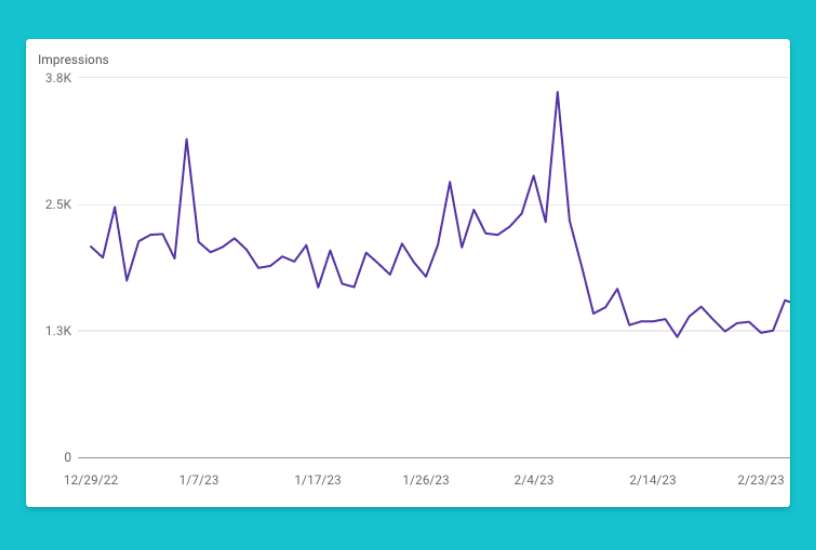
A website redesign project carries the risk of a dip in search engine rankings if not executed properly. Consider the following factors that can impact your SEO performance during a redesign:
- Changes in Content: While freshening up your content can be beneficial, you need to ensure that these changes align with your SEO goals and maintain or enhance keyword rankings.
- URL Changes: During a website redesign, URL structure often undergoes modifications, which can significantly impact organic rankings. Proper management of URL changes is crucial to preserve backlink equity and prevent potential 404 errors.
- Lost Backlinks: Redesigns can result in the loss of valuable backlinks if redirects are not implemented correctly. Backlinks are vital for search engine rankings, so it’s essential to employ 301 redirects to maintain the SEO value of those backlinks.
- Internal Link Structure Changes: Internal links play a critical role in website navigation and search engine crawling. Redesigns may alter the internal link structure, affecting the flow of link equity and potentially impacting rankings.
- Title and Description Modifications: Modifying titles and meta descriptions can influence how search engines perceive your website’s relevance. Ensuring these elements align with target keywords and accurately reflect content is crucial for maintaining or improving search visibility.
- Site Speed and UX Signals: Website performance, including site speed and user experience, significantly impacts search engine rankings. Poorly executed redesigns can negatively affect these aspects, leading to a decline in rankings and user satisfaction.
An SEO audit before a website redesign can elevate the benefits in the following areas:
- Optimized Internal Link Structure: By conducting an audit, you can identify and optimize your internal link structure to improve navigation. This ensures that search engines can effectively crawl and index your website, maximizing its visibility and search engine rankings.
- Optimized Slugs: Through an audit, you can analyze and optimize the slugs (URL paths) of your pages. This optimization makes them more search engine friendly and aligned with your target keywords, significantly enhancing their visibility and improving search rankings.
- Improved Site Speed/Core Web Vitals: An audit identifies areas for enhancing site speed and core web vitals. Addressing these issues during redesign improves rankings, user experience, and conversions.
- Improved User Experience: An audit provides insights into user behavior, guiding the redesign to prioritize intuitive navigation, user-friendly interfaces, and mobile responsiveness. A user-centric redesign boosts engagement, reduces bounce rates, and improves satisfaction.
- Improved Content Optimization: An audit identifies content gaps and opportunities. Leveraging insights, content can be revamped and optimized during the redesign to align with relevant keywords, enhancing visibility in search engine results and attracting organic traffic.
How to Perform an SEO Audit
Conducting a comprehensive SEO audit for your website redesign project includes:
Performing a Keyword Audit and Capture Current Rankings
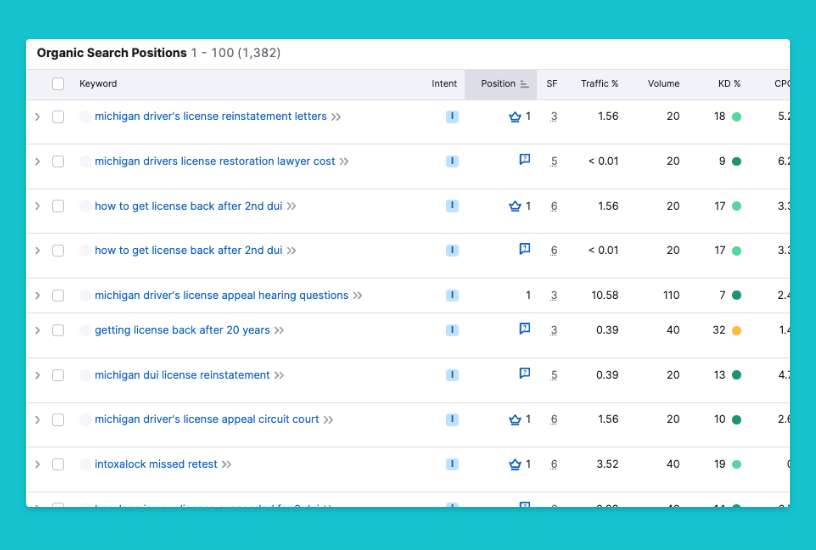
Start by auditing your current keyword strategy and capturing your website’s existing rankings. You’ll want to document any current high-performing keywords (like online business coach in the case of one of our clients) to ensure you don’t see a drop in visibility after launch.
Use tools like SEMRush and Google Search Console to gain insights into keyword performance and identify areas for improvement.
Identify Top and Lowest Performing Pages
Analyze your analytics data to identify high-performing pages that attract significant organic search traffic. Take note of crucial details such as titles, meta descriptions, URLs, word count, and content intent (informational, commercial, transactional). Prioritize these pages during the redesign process.
Identify Pages With Minimal Traffic and Thin Content
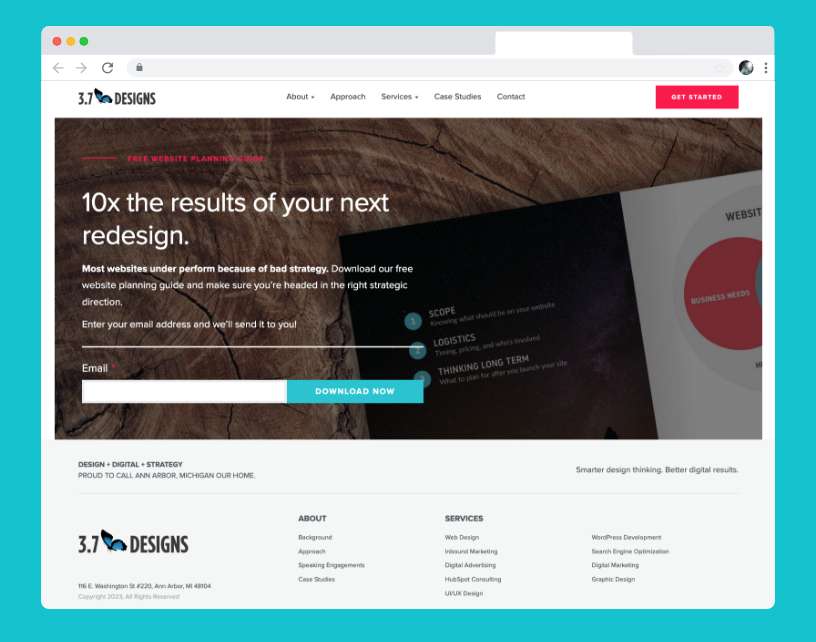
Similarly, identify pages with low search traffic and thin content (less than 250 words). Utilize Google Search Console to pinpoint pages categorized as “crawled but not indexed,” indicating thin content. Take appropriate action to rewrite or remove these pages.
Conduct a Backlink Audit
Utilize tools like SEMRush or Moz to identify pages on your website with valuable backlinks. Additionally, crawl your current website using a tool like Screaming Frog to create a comprehensive list of all URLs. This analysis will help preserve the value of your backlinks during the redesign.
Identify Content for Rich Snippets/Schema.org Markup
Identify content types on your website that can benefit from rich snippets or schema.org markup. Articles, events, products, reviews, and other structured content can enhance your website’s visibility in search results.
Perform Keyword Research
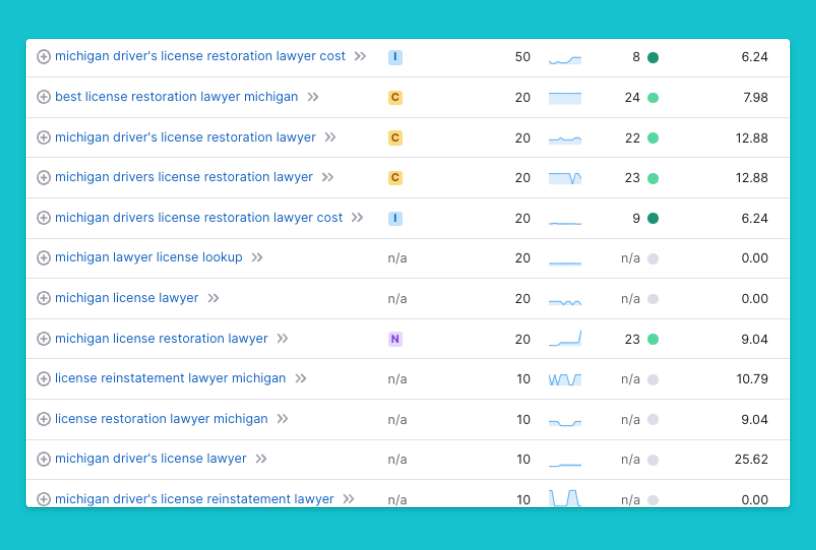
Conduct keyword research to identify new keyword targets that align with your redesign goals. These keywords will guide your content-centric SEO efforts.
How to Build Your Website Redesign SEO Strategy
Based on the insights gathered from your SEO audit, follow these action steps to develop an effective website redesign SEO strategy:
- Prioritize High-Priority Pages for Optimization: Focus on pages that require additional optimization. Enhance their content, optimize titles and meta descriptions, and ensure alignment with target keywords.
- Optimize Page URLs: Create SEO-friendly URLs that incorporate target keywords and clearly indicate the content the reader will find.
- Implement 301 Redirects: If your redesign involves URL changes, set up appropriate 301 redirects from old URLs to new URLs. This preserves SEO equity and ensures a seamless transition for users and search engines.
- Address Keywords Without Dedicated Pages: Identify target keywords that lack corresponding dedicated pages on your current website. Create new pages to address these keywords and ensure comprehensive coverage.
- Remove Thin Content Pages: Identify thin content pages with minimal value and search traffic. Implement 301 redirects to guide users to more relevant pages or consider removing these pages altogether.
- Internal Linking Structure: Evaluate your internal linking structure and make necessary changes for the redesign. If you’re changing domains or significantly altering the structure, update Google Search Console and apply proper 301 redirects.
- No-Index Pages: Identify low-value pages, like thank you or confirmation pages, that should be excluded from indexing. Also, exclude content types that don’t need dedicated individual pages, such as team members without individual profiles.
After Launch – SEO Launch Checklist
Once your redesigned website is live, you can ensure a smooth transition and optimal performance by working through the following checklist:
- Implement All 301 Redirects: Ensure that all 301 redirects are correctly implemented and tested to redirect users and search engines from old URLs to their corresponding new URLs.
- Check for Broken Links: Run a comprehensive broken link checker on your website to ensure that all internal and external links are properly redirected and functioning.
- Test Optimized Title Tags and Meta Descriptions: Verify that all pages have optimized title tags and meta descriptions to enhance their visibility in search engine results.
- Setup Keyword Tracking: Utilize a keyword tracking tool to monitor performance changes and gauge the effectiveness of your redesign in improving rankings and organic traffic.
- Optimize Images: Test image sizes to ensure they are not oversized and optimize image tags with relevant ALT text to improve accessibility and SEO.
- Implement Caching or CDN: Setup caching or content delivery network (CDN) solutions to enhance website performance and reduce loading times.
- Ensure SSL Certificate: Verify that your website has an SSL certificate installed to provide a secure browsing experience for users.
- Submit Sitemap.xml: Submit your new sitemap.xml file to Google Search Console to ensure search engines discover and index your redesigned pages effectively.
- Check Robots.txt: Review your robots.txt file to ensure that only desired URLs are blocked from search engine crawling and indexing.
- Test Page Speed: Conduct a Google PageSpeed test to evaluate the performance of your redesigned website and ensure that improvements have been made.
- Implement Canonical Tags: Ensure that each page has a proper canonical tag to consolidate duplicate or similar content and guide search engines on the preferred version of each page.
- Test for Orphan Pages: Run a test to identify any orphan pages without proper internal linking. Ensure that all pages are accessible and linked appropriately within your website structure.
- Test Contact Forms: Verify that all contact forms on your redesigned website are functioning correctly and delivering messages as intended.
Maximize Your Website Redesign’s SEO Potential
At 3.7 Designs, we understand the critical role that SEO plays in the success of a website redesign. Failure to do a comprehensive audit could result in making one or more of the 9 website redesign mistakes that destroy SEO.
Our extensive experience in both SEO audits and website redesigns enables us to offer a comprehensive solution that elevates your website’s performance in search engine rankings.
By partnering with us, you can confidently entrust the SEO aspect of your redesign to experts, allowing you to focus on what you do best—running your business.
For any assistance or further inquiries, please don’t hesitate to contact 3.7 Designs.